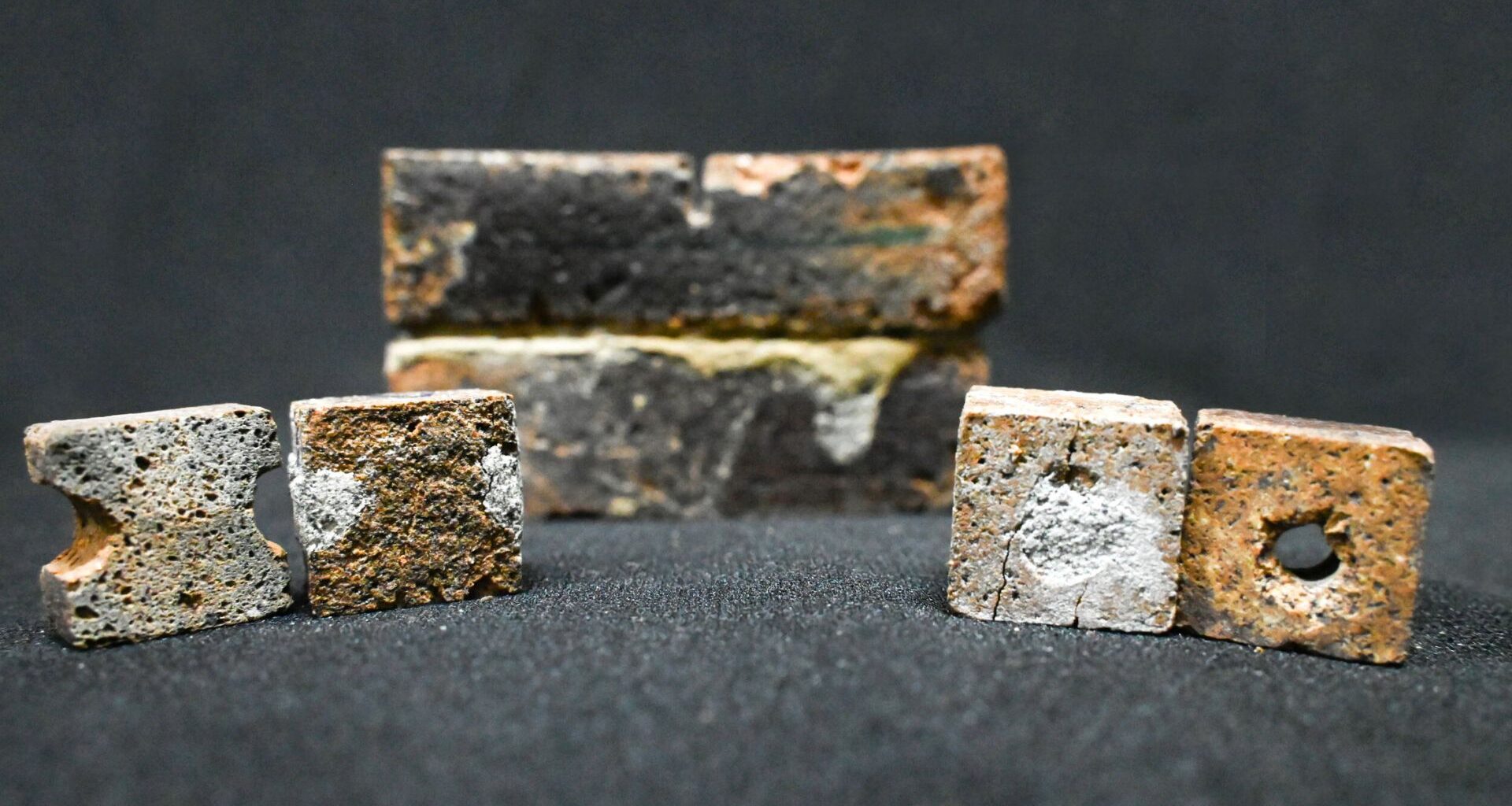The US and China aim to establish a long-term settlement on the Earth’s natural satellite, the moon.
This means that future explorers would need to build habitats from scratch. As transporting materials from Earth will require multiple launches and high costs, researchers have been looking for materials sourced directly from the lunar surface.
Interestingly, new research suggests that bacteria could be used to repair and strengthen bricks made from lunar soil, or regolith.
This bacterial repair method promises durable and long-lasting lunar habitats, mitigating the effects of the Moon’s harsh environment.
The development comes from researchers at the Indian Institute of Science (IISc).
Bricks for simulated moon soil
The Moon’s environment is exceptionally harsh, presenting significant challenges for any potential human habitation. It witnesses extreme temperature swings during lunar day and night (from 121°C to -133°C).
Furthermore, the lack of a magnetic field means no protection from harmful radiation from space.
Despite these challenges, NASA aims to establish a permanent habitat on the moon through its Artemis program.
IISc researchers developed a cost-effective and environmentally friendly method to create bricks from simulated lunar and Martian soil using the bacterium Sporosarcina pasteurii.
This bacterium is used to produce calcium carbonate crystals, which, along with guar gum, bind soil particles into bricks. This biological process offers a sustainable and inexpensive substitute for cement.
The researchers further developed a method called sintering, which involves heating a mixture of simulated soil and polyvinyl alcohol to high temperatures to produce stronger bricks.
“It’s one of the classical ways of making bricks. It makes bricks of very high strength, more than adequate even for regular housing,” said Aloke Kumar, Associate Professor and corresponding author of the study.
Bacteria for self-repair
But these sintered bricks are brittle and prone to cracking under extreme lunar conditions. That’s where the bacteria come in again for self-repair.
“Temperature changes can be much more dramatic on the lunar surface, which can, over a period of time, have a significant effect. Sintered bricks are brittle. If you have a crack and it grows, the entire structure can quickly fall apart,” said Koushik Viswanathan, co-author and Associate Professor at ME.
To test repair methods, IISc researchers introduced artificial defects into sintered bricks and then filled them with a mixture of S. pasteurii bacteria, guar gum, and simulated lunar soil.
The bacterial slurry effectively repaired the artificial defects in the bricks.
Moreover, it produced calcium carbonate to fill the gaps and biopolymers to bind the soil, restoring the brick’s strength. The repaired bricks demonstrated resilience, tolerating temperatures between 212 degree Fahrenheit (100°C) and 347 degree Fahrenheit (175°C).
Interestingly, this method could potentially extend the lifespan of lunar structures by reducing the need for replacements.
“We were initially not sure if the bacteria would bind to the sintered brick. But we found that the bacteria can not only solidify the slurry but also adhere well to this other mass,” added Kumar in the press release.
A key unknown is how the S. pasteurii bacteria will behave in space, specifically in microgravity.
To address this, the IISc team is proposing an experiment on India’s Gaganyaan mission to study the bacteria’s growth and calcium carbonate production under these extraterrestrial conditions.
Gaganyaan is the Indian Space Research Organisation-led program to demonstrate its human spaceflight capability by sending Indian astronauts to Low Earth Orbit and safely returning them.
The study findings were published in the journal Frontiers in Space Technologies.
